Here’s What Cover Crops You Should Plant This Spring
Your context and goals will dictate the warm-season mix you need on your regenerative ranch.
Spring has sprung, and it’s time to get those warm-season cover crops in the ground. But how do you pick what to plant? Jim Johnson, senior agricultural consultant for Noble Research Institute, says the decision comes down to two primary considerations: 1) What will grow well on my place? and 2) What are my goals?
Will this cover crop mix grow on my ranch?
If a crop won’t thrive in its environment, it’s not going to do you any good.
Johnson says that’s why your soil type and climate should determine which cover crop mixes you consider.
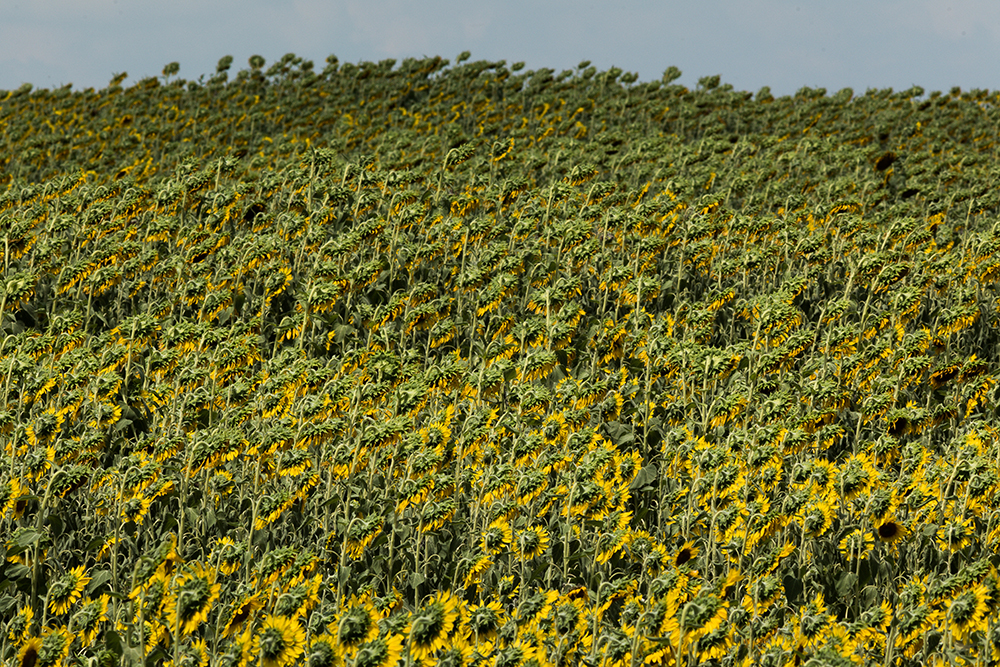
For example, he explains that sunflowers are good scavengers for water, and their taproots can break compacted soil layers. Sorghum species are drought- and heat-tolerant, and they are excellent nutrient scavengers. Flax adapts to a wide range of environments and is tolerant of temperatures slightly below freezing. Soybeans seem more prone to attack by insect pests and are not as drought-tolerant as other warm-season legumes.
“Doing your research to determine which cover crops will be most successful will allow you to narrow your search,” Johnson says.
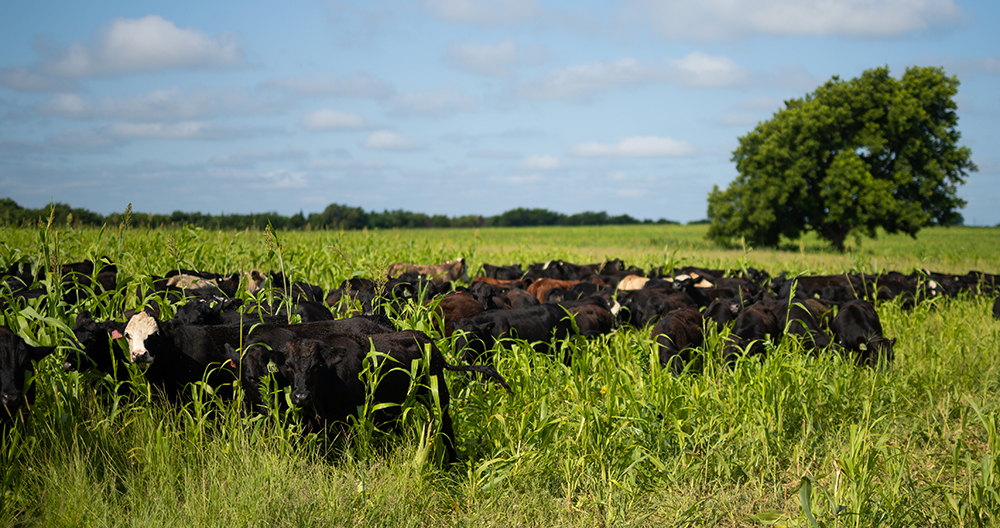
How do I know which cover crop mix will help me achieve my goals?
While all cover crop mixes are just that — a mix of different species and varieties — your goals will influence how much of each type of seed will be in the blend, Johnson says.
Some general suggestions are:
- If you need more carbon, you might plant sorghum-sudangrass and sudangrass.
- If you want to increase organic matter, diversity is key.
- If you’re worried about compaction, you might plant strong-rooted crops like chicory.
- If nutrient cycling is the goal, you will need different rooting architectures to tap into as many different soil layers as possible.
- If you need to suppress weeds, you’ll want to plant taller, denser crops.
- If supplemental grazing is the goal, you’ll want to plant crops that cattle, sheep or goats — whatever you’re running — like to eat.
- If wildlife habitat is the goal, plant mixes preferred by your targeted species.
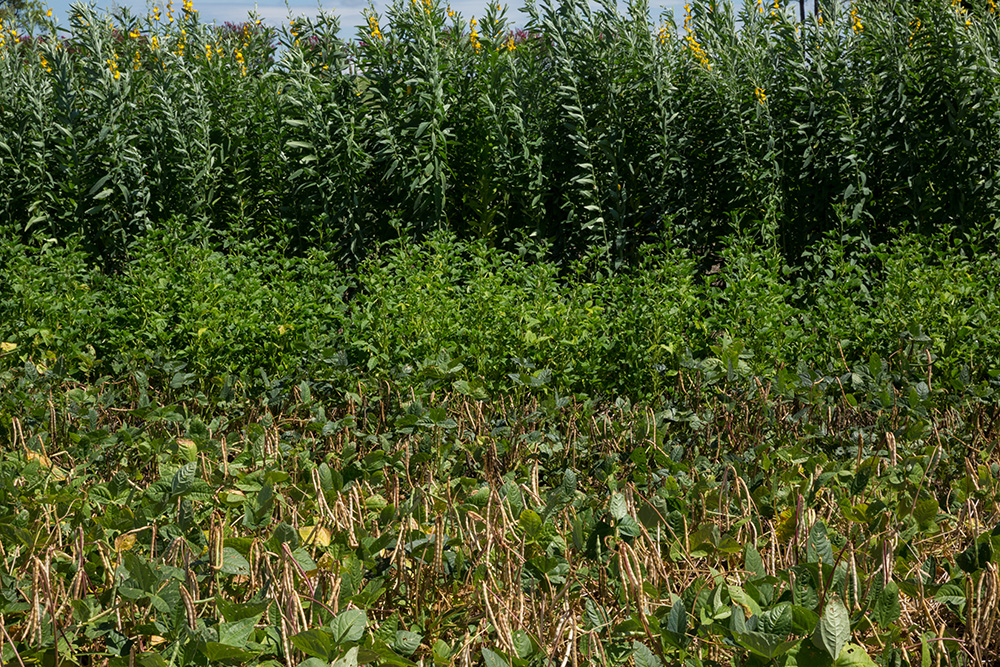
But perhaps more important than the exact amount of any one component, Johnson says, is how diverse the blend is. “Having as much diversity as possible represented by as many species as possible is probably a lot more important than the precise pounds of sunflower or chicory in the bag. However, there are ranges of what would be realistic for each one based on seeding rates for a full stand for that crop in your area,” he adds.
Not only that, but it makes it simpler for beginners to just start by focusing on overall diversity.
Of course, sometimes it’s hard to predict with certainty what will work best, and so Johnson encourages producers to ask around about what others in their area have seen success with — and to just experiment, too.
“It may take a few years to figure out precisely what grows best and meets your goals,” he says. “Don’t be afraid to try different things.”

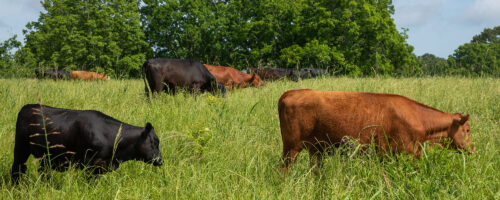
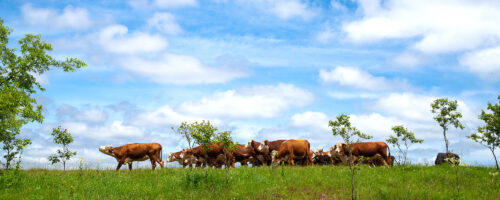
Comment